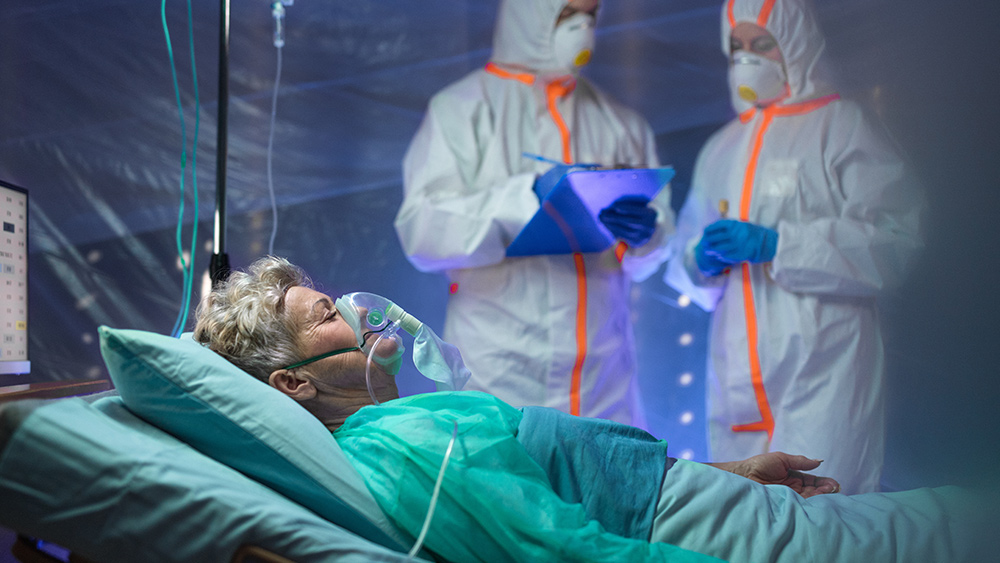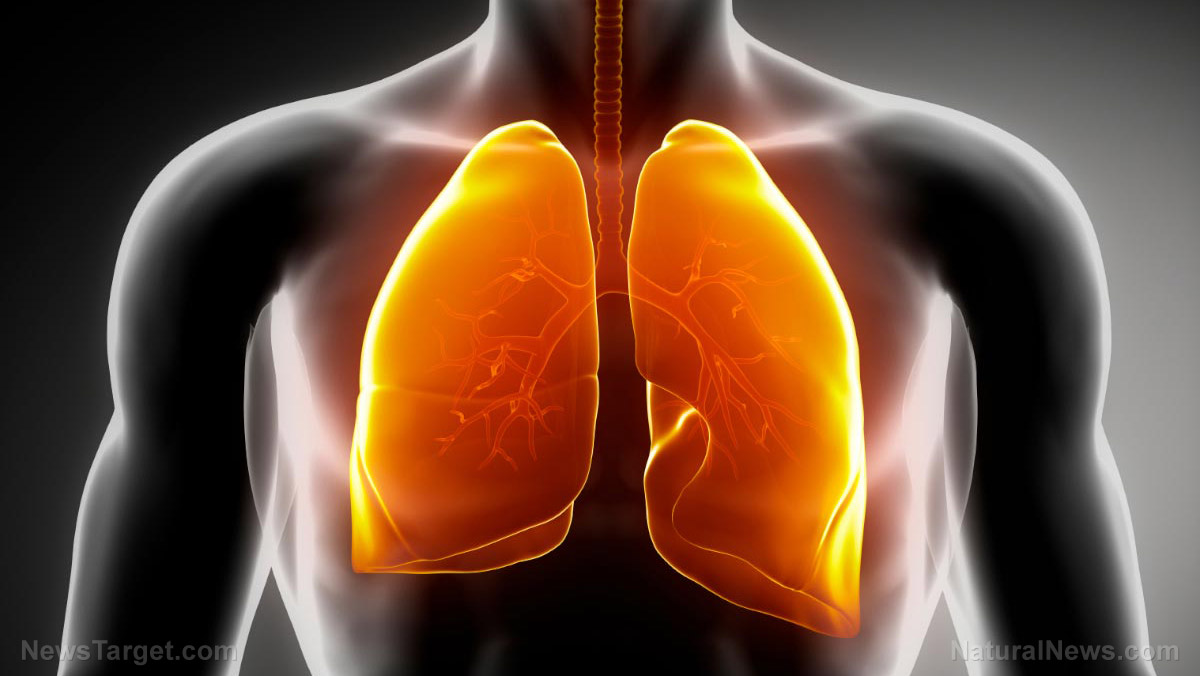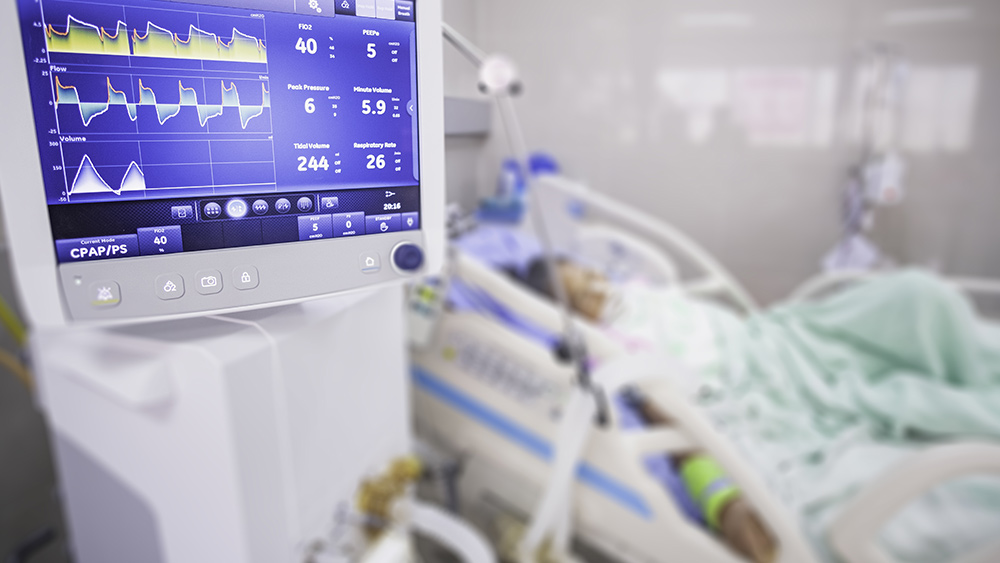Ford repurposes seat ventilation fans to make thousands of respirators to prevent coronavirus spread
04/22/2020 / By Ethan Huff

To help with the nation’s response to the Wuhan coronavirus (COVID-19) crisis, Ford Motor Company has decided to repurpose production on one of its vehicle components to produce thousands of potentially life-saving ventilators for the benefit of infected patients.
In an announcement, Ford indicated that it has partnered with 3M to create powered air-purifying respirators using parts that would otherwise be used in the manufacture of car seat ventilation fans – a creative solution that some are calling “ingenious.”
These “positive-pressure masks,” as they are often called, take contaminated air, draw it through a filter, and push it into a sealed mask using an air blower. Ford will be responsible for manufacturing the components from its parts bin, while 3M will use its filters to draw air into the blower motors.
The component parts that Ford is providing come from its F-150 line of pickup trucks, and their front seat assemblies, to be more precise. The motors are compact and run on 12 volts inside the car, meaning they can also be safely used with a battery pack in situations where they require portability.
While they may not seem like the best first choice, seat blower motors are actually a very good fit for ventilator purposes because these same motors are already used in many different ventilator models. The Delta Group, which provides automotive parts for Ford, says that its seat blowers can operate at between 9 and 16 volts while drawing around half an amp. This results in the generation of anywhere between 14 and 19 cubic feet per minute (cfm) of airflow.
As for 3M’s TR-800 ventilator motors, these produce between 6.7 and 7.8 cfm of airflow, making them a pretty good match for the repurposed seat blowers, especially since the power on these seat blowers can be tuned down to make them match that of actual respirator blowers.
Listen below to The Health Ranger Report as Mike Adams, the Health Ranger, talks about how lockdown protesters need to take extra precautions to help prevent the continued spread of the Wuhan coronavirus (COVID-19):
Ford has already begun manufacturing respirators, along with face masks using 3D printers
Sketches of Ford’s design for its respirator concept indicate that power tool batteries, similar to the Dewalt DC9071 12-volt variety, will be used to operate them. Based on their rating of 2.4 amp hours, it is estimated that run time per charge will be just under five hours.
However, since these blowers would only need to run at about half speed, it is safe to say that a single battery charge could potentially provide more like 10 hours of operation. This is comparable to the purpose-built respirator battery packs that run for anywhere between four and six hours, or between eight and 12 hours for high-capacity units.
Since most of the parts needed to make these repurposed ventilators are off-the-shelf, they’re generally available in large quantities, meaning heavy production for large-scale use is feasible. If needed, Ford can also simply request more parts from its suppliers and get them fairly quickly, making this a viable makeshift solution.
The other good news is that many other car manufacturers also now install seat blowers, and often from the same manufacturers. This leaves room for other big names such as Chrysler to join up with Ford in the future, should the need for even more ventilators arise.
Ford has already begun developing these respirators at its Advanced Manufacturing Center in Redford, Michigan, where face shields are also being produced with in-house 3D printers. Using the tools the plant already has at its disposal, there’s likely to be additional transfer in manufacturing capacity to the construction of respirator masks, as well as the aforementioned motors.
More of the latest news about the Wuhan coronavirus (COVID-19) is available at Pandemic.news.
Sources for this article include:
Tagged Under: China, Chinese Virus, cool science, coronavirus, corporate leadership, covid-19, disease, ford, global emergency, Global Pandemic, infection, infections, manufacturing, novel coronavirus, outbreak, pandemic, repurpose, respirators, seat ventilation fans, virus, Wuhan, Wuhan coronavirus



















